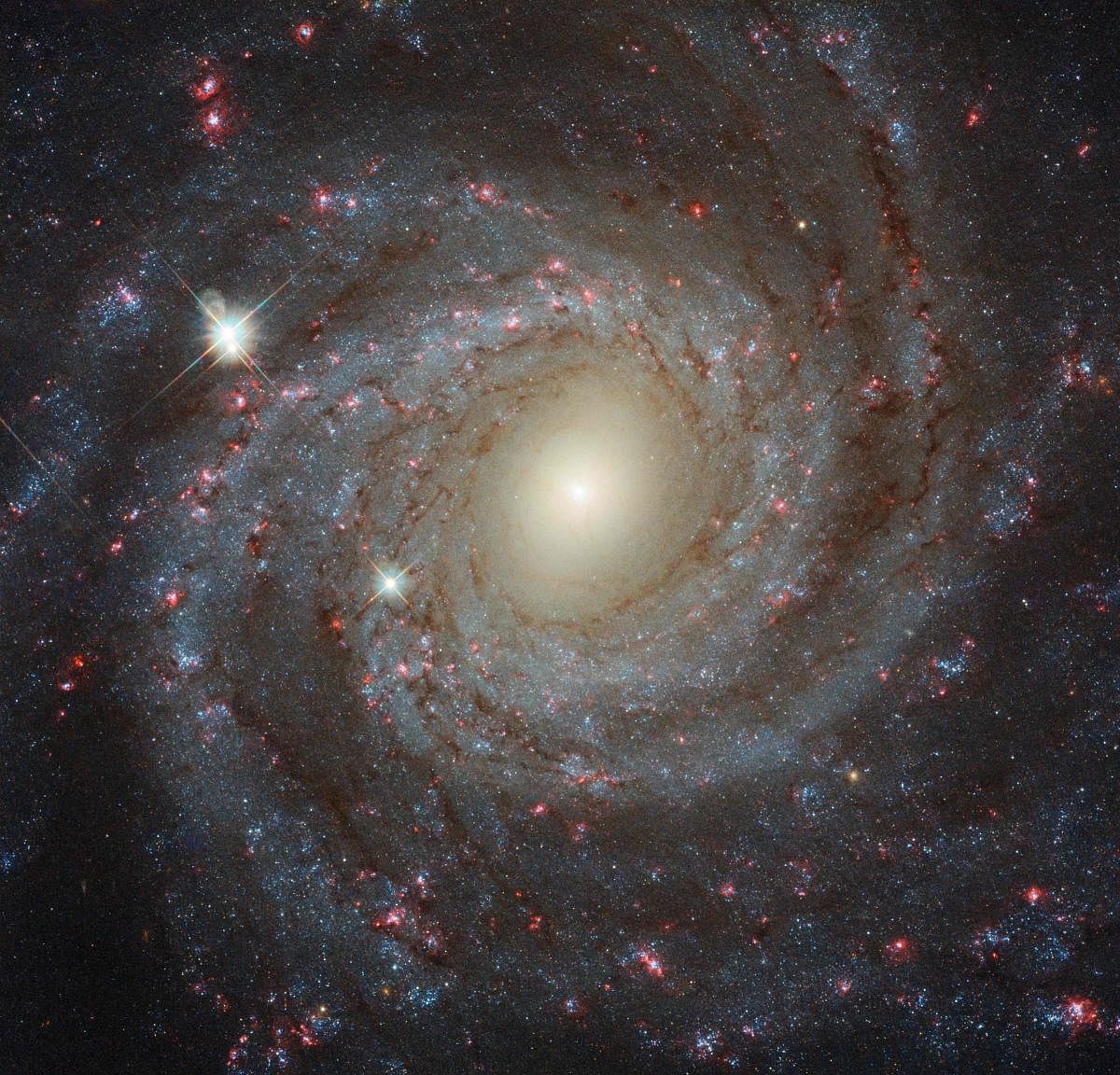
Astronomers have discovered the largest and most massive galaxy super cluster yet found in the early universe, just over two billion years after the Big Bang.
The galaxy proto-supercluster, nicknamed Hyperion, was identified using the VIMOS instrument on European Southern Observatory's (ESO) Very Large Telescope in Chile, said researchers from the University of California, Davis in the US.
Hyperion has a calculated mass more than one million billion times that of the Sun, making it the largest and most massive structure to be found so early in the formation of the universe, they said.
"This is the first time that such a large structure has been identified at such a high redshift, just over two billion years after the Big Bang," said Olga Cucciati of Istituto Nazionale di Astrofisica (INAF) in Italy.
"Normally these kinds of structures are known at lower redshifts, which means when the universe has had much more time to evolve and construct such huge things. It was a surprise to see something like this evolved when the universe was relatively young," Cucciati said.
Located in the constellation of Sextans, Hyperion was identified by a novel technique to analyse the vast amount of data obtained from the VIMOS Ultra-Deep Survey.
The VIMOS instrument can measure the distance to hundreds of galaxies at the same time, making it possible to map the position of galaxies within the forming supercluster in three dimensions.
The team found that Hyperion has a very complex structure, containing at least seven high-density regions connected by filaments of galaxies, and its size is comparable to superclusters closer to Earth, though it has a very different structure.
"Superclusters closer to Earth tend to be a much more concentrated distribution of mass with clear structural features," said Brian Lemaux from the University of California, Davis.
"But in Hyperion, the mass is distributed much more uniformly in a series of connected blobs, populated by loose associations of galaxies," Lemaux said.
The contrast between Hyperion and less distant superclusters is most likely due to the fact that nearby superclusters have had billions of years for gravity to gather matter together into denser regions -- a process that has been acting for far less time in the much younger Hyperion.
Given its size so early in the history of the universe, Hyperion is expected to evolve into something similar to the immense structures in the local universe such as the superclusters making up the Sloan Great Wall or the Virgo Supercluster that contains our own galaxy, the Milky Way.